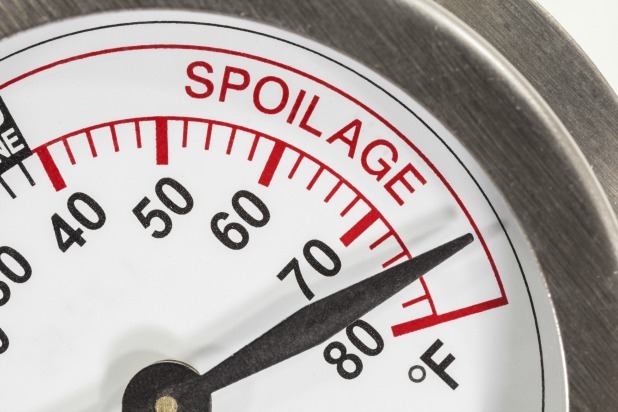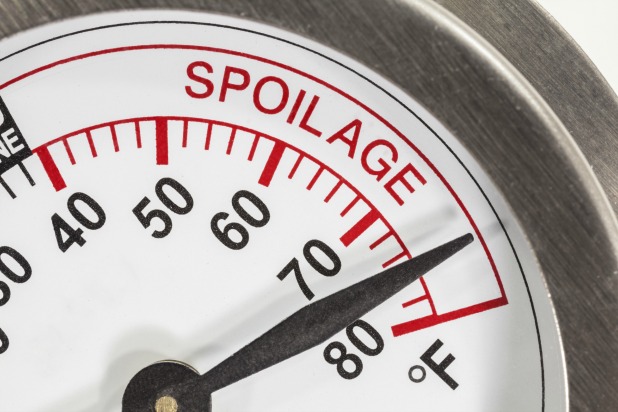Cooking School Lessons To Make You A Better Home Cook
It's no secret that culinary school enrollment in the United States has been growing in recent years. Whether it's the result of the ever-growing popularity of food media and a growing interest in cooking and baking or a symptom of the recession and the specter of back-breaking student load debt necessary to obtain a bachelor's degree, many people are heading to cooking school. If you love to cook, the chances are good you've thought about going at one point, too. Though culinary school provides important training for many in the food industry, it may surprise you to know that some of the lessons learned there are just as important for home cooks as they are for professionals; whether you're a top chef of a recreational cook, there are a few basic cooking lessons you should learn.
Click here to see the Cooking School Lessons To Make You A Better Home Cook (Slideshow)
It's safe to assume that most students enter culinary school with dreams of opening their own restaurant, bakery, or other food establishment — of becoming a well-known chef, baker, or chocolatier; that was certainly the case amongst my classmates when I attended. Dressed in our clean white chef's jackets, black-and-white-checkered pants, and non-slip shoes, we stood at attention, expecting to cook something amazing on our first day. What we learned instead was how to demonstrate respect in a professional kitchen, how to properly handle ingredients to prevent food-borne illness, and how to prevent cuts, burns, and spills.
In time, culinary-school students do learn to cook and bake incredible food, but that's only possible because they've first learned the basics; you can't make a good ratatouille, for example, if you haven't learned how to cut vegetables properly. So, whether you're an avid cook looking to improve your skills in the kitchen or a home cook who just wants to get a delicious and wholesome dinner on the table with less effort, there are a few basic cooking school lessons you should know.
Temperature 'Danger Zone'
(Credit: Shutterstock)
An mportant aspect of food safety and cooking for others is knowing how to store food and ingredients. Foods held between the temperatures of 41 degrees and 135 degrees Fahrenheit are considered to be in the temperature "danger zone" because pathogens grow well between these temperatures. Foods held in the "danger zone" for more than four hours could easily make someone sick.
How to Hold a Knife
(Credit: Shutterstock)
When you're using a "chef's knife" (a knife that many home cooks have in their countertop knife block) pinch the top (blunt) part of the blade between your thumb and index-finger knuckle on your dominant hand. Then, wrap the rest of your fingers loosely around the knife's handle. This will give you more control over the blade.
Click here to see more of the cooking school lessons to make you a better home cook
Kristie Collado is The Daily Meal's Cook Editor. Follow her on Twitter @KColladoCook.

